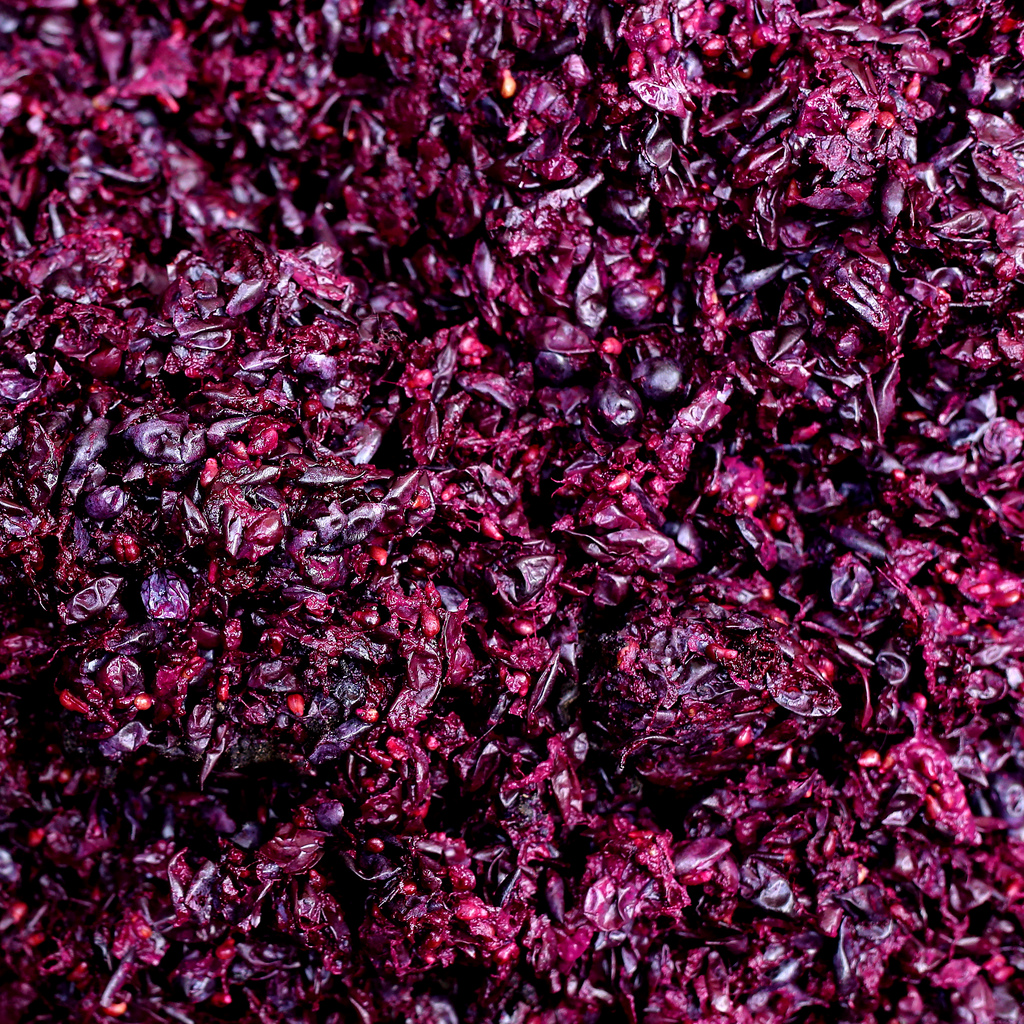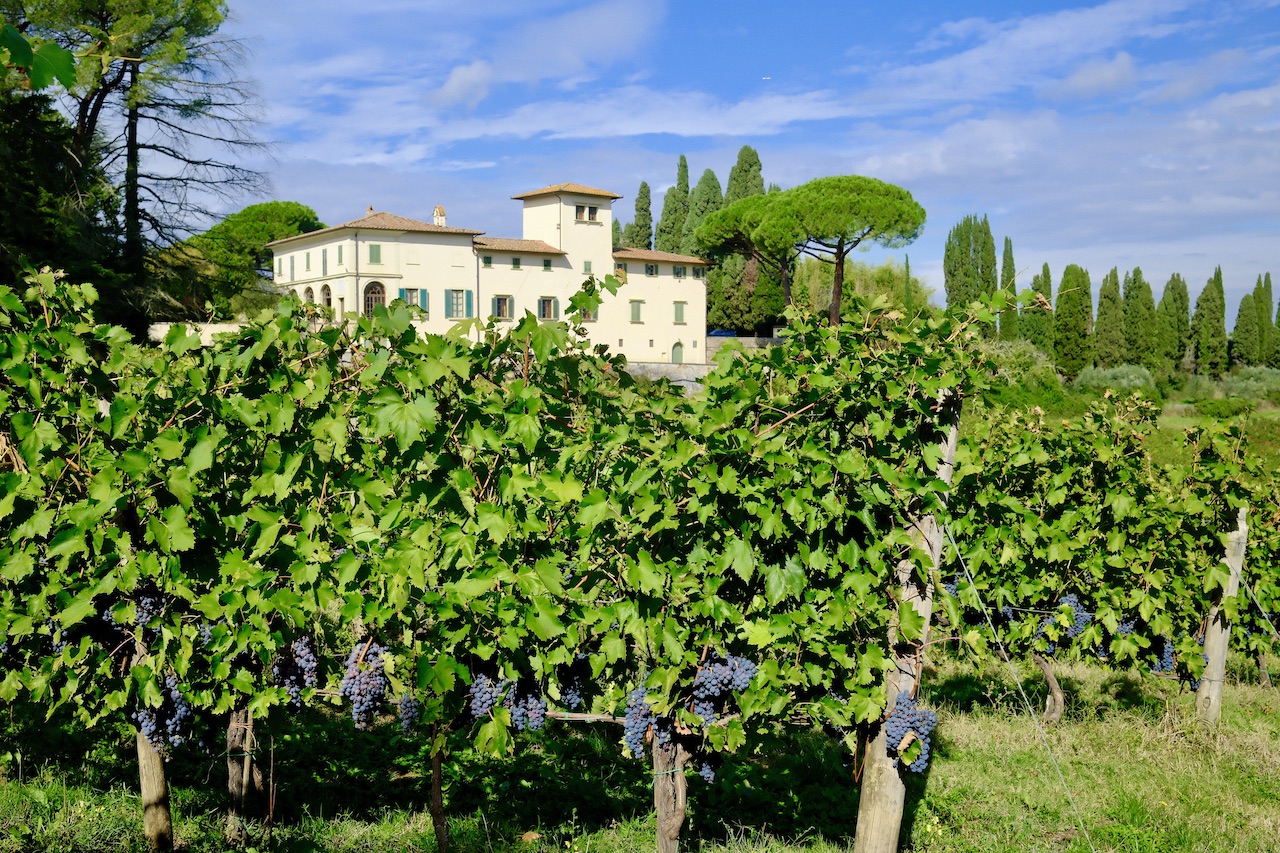Wine Tours in Tuscany - About Angie - +39 3333185705 - angie.chianti@gmail.com
Grape skins red. In the country, you do not throw anything away! Everything completes its life cycle, there are no waste but only material to be reused better. In these days of harvest, for example, we see the bunches brought in the cellars, the separation between the stalks and the grapes and then between the grapes and the liquid: this is the way the fermentation of the must begins!
After the fermentation begins the process of another product of exceptional value for the taste, but also for the tradition and culture: the Grappa. The name seems to derive from a word of the Venetian dialect: graspa, which means “stalk”, i. e. the branch of bunches, and in Veneto and in Tuscany there is an ancient and widespread tradition of distilling grappa, in authorized cellars or sometimes … at home, in the basemant.
Indeed Grappa is a typical Italian product from the best wines: other distilled stark based spirits coming from other nations cannot be named Grappa. Grappa is Italian as well as its ingredients: the starks of the grape varieties growing in different Italian regions. For this reason we have various kind of Grappa that are named after famous wines, such as Chianti wine, made with Sangiovese grapes, Montepulciano, Canaiolo and Malvasia del Chianti, Valpolicella and Amarone made from Corvina, Molinara and Rondinella grapes. The Grappa distillation and aging are also typical of Italian tradition, and are regulated by specific national laws. The millennial art of separating the noble and volatile alcoholic part from the stark, which contain a rich microflora and many aromatic substances, is called “lambiccare”, that means to use the alembic for distillation. To produce alcohol from starks, they must first ferment, then they will be distilled thanks to the hot-cold process of the still.
As you might see during our Chianti wine tasting near Florence, the fermentation is therefore very important, it can last neither too much nor too little. It can occur in large concrete tanks, for large productions, wooden and steel for special productions, the “reserves”, insulating bags for small, high quality, quantities or even in small containers, made whith noble materials like terracotta.
Grappa is also called Acquavite, or “water of life”, because it comes as medicine, the only remedy against the cold, fatigue and certain diseases of the poorest people, hundreds of years ago. For this reason you do not have many written records of its recipes: it is a tradition born among those who could neither read nor write; the owner of the vineyard kept the best of the crop and allowed the use of the “waste” of the grape harvest.
But over the centuries, the grappa, with its alcohol content around 40 °, has climbed the success and from simple elixir has become an object of study, knowledge and fine tastings: for instance, Grappa obtained by Chianti grape it is aged in small oak barrels.
In Tuscany, at the end of a rich meal, we love a small glass of Grappa, which is aromatic and digestive, some people, drink grappa also very early in the morning, blending it with coffè, the so called “caffè corretto”.





